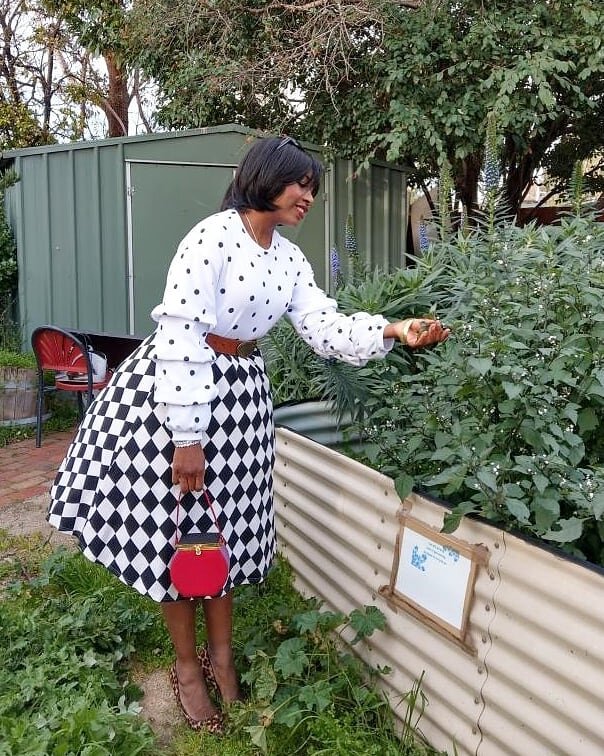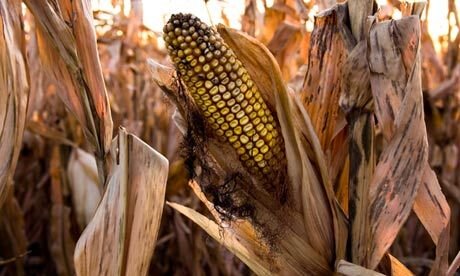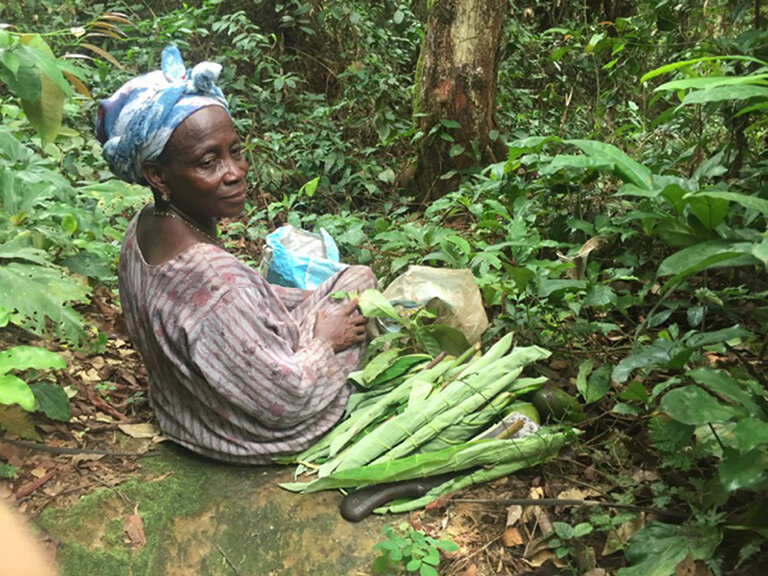Image: Chris Charles
‘Transforming the Fashion Sector to Drive Positive Outcomes to Drive Biodiversity, Climate and Oceans’ is a new initiative with $4 million in funding to cut biodiversity loss in the fashion supply chain. Biodiversity loss and climate change are two out of nine planetary boundaries. In a previous article, I wrote about how fashion impacts climate change and suggestions for collectively setting a net-zero trajectory. Fashion’s impact on biodiversity loss, however, has gotten less coverage than climate change.
The current state of biodiversity loss
Biodiversity loss according to Britannica is “a decrease in biodiversity within a species, an ecosystem, a given geographic area, or Earth as a whole.” Global biodiversity loss has recently been calculated to be 100 to 1000 times higher than how it should occur naturally (or by the pre-industrial revolution). And this extinction rate is accelerating. We’ve destroyed 83% of wild mammals and 50% of all plants with an average 68% decrease in population sizes of mammals, birds, amphibians, reptiles and fish between 1970 and 2016. With about 200 to 2,000 extinctions estimated to be occurring each year, that comes to roughly 2 million extinctions. We are destroying the Earth’s biocapacity by at least 56% to fuel our 21st-century lifestyles driven by capitalism, overconsumption, over-exploitation of natural resources, climate change, pollution and land-use change. 30 - 50 % of existing species are projected to be extinct by the end of the century.
The threat to humanity
As the planet is facing its sixth mass extinction, biodiversity loss is one of the greatest risks facing humanity on earth. It’s impacting all life on the planet presently and will do so for millions of years into the future. In the pursuit of economic growth, colossal amounts of aquatic, terrestrial and marine ecosystems have been annihilated. Capitalist activities have wrecked the biodiversity that all life in water, in air and on land depend upon. In this sense, we’re being our own worst enemy.
Image: Europeana
Amongst other factors, biodiversity loss threatens food security. The services rendered to humanity by the ecosystems are undeniably valuable to the existence and wellbeing of human beings. Services such as water purification, carbon sequestration, crop pollination and flood protection. The Organisation for Economic Co-operation and Development (OECD) has calculated the worth of the services provided by ecosystems in the world at $125-140 trillion (US dollars) per year. That’s more than one and a half times the size of global GDP! Immediate action is necessary to address the loss of the biodiversity that feeds the world and maintains the balance and harmony of life on the planet.
Fashion is taking action
We’re well aware that fashion is one of the biggest culprits amongst industries that contribute to environmental damage and biodiversity loss. As the demand for clothing gets bigger, the impact on the earth’s raw materials and therefore biodiversity loss will also increase. On the current trajectory, the fashion industry is expected to use 35% more land for the production of fibre by the year 2030. This is an extra 115 million hectares that can be left alone to preserve biodiversity. The good news is that fashion is starting to address its role in biodiversity loss within its supply chains.
The Fashion Pact is an international coalition whose signatories represent about a third of the fashion industry by volume with 60 signatories representing over 200 brands. In 2020 The Pact committed to biodiversity restoration and protection. The plan is for the ‘Transforming the Fashion Sector to Drive Positive Outcomes to Drive Biodiversity, Climate and Oceans’ initiative to develop and provide guidance to The Pact on best practice for reducing deforestation, clean supply chain and better agricultural practices. The hope is that fashion will eventually curb biodiversity loss through regenerative approaches to agricultural supply chains and by reducing carbon emissions while improving the lives of producers.
The endless pursuit of material growth for overconsumption means constantly plundering the earth for raw materials to manufacture products to sell for financial gain. It has turned the worst parts of humanity into agents of destruction, threatening to eliminate the firm support given to us by the earth for our continual existence. Instead, we can allow nature and the ecosystems to remain natural and thereby flourish. The result? We will reap a joyful upbuilding of the planet that’s far healthier, balanced, harmonious and equitable for all species including humans.
♥ Nina Gbor
Instagram: @eco.styles






















